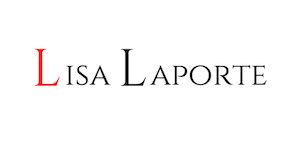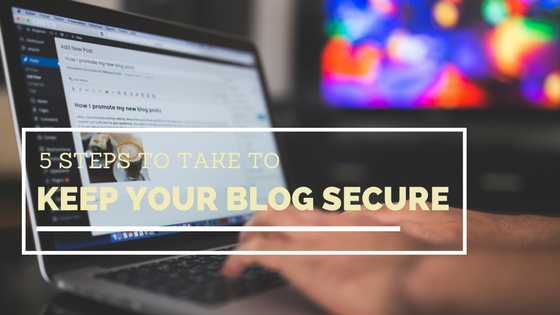Are you doing enough to protect your blog from cyber attacks and intrusion? It’s frustrating when you invest countless hours into your blog, only to discover that it’s been compromised by a hacker. Maybe the hacker is redirecting your blog to another website, or perhaps they are using your blog to deploy malware, or maybe it’s simply a vindictive way to mess with you, possibly for no reason. No matter why your blog ends up compromised, it’s certainly something you want to prevent. Here are some steps to take to avoid this issue happening to you.
#1) Use a strong password
Don’t underestimate the importance of a strong password. According to a Verizon’s Data Breach Investigations Report, 63 percent of data breaches are attributed to weak or stolen passwords. To safeguard your blog from intrusion, create a strong and unique password that consists of letters, numbers and special characters. You can make one yourself or you can use an online password generating site that gives you a long, completely random group of characters.
#2) Update CMS and files
Using an outdated content management system (CMS) or other associated files on your blog can open the doors for hackers. They often target blogs and websites using outdated files because they can be exploited. So, keep your blog updated to protect against cyber attacks, which often entails downloading the latest security as well. If your blog uses WordPress, for instance, you should update the WordPress core files as well as all themes and plugins.
#3) Create unique username
Granted, the default “admin” username is probably easier to remember than a unique username, but it also increases the risk of intrusion. A common tactic used by hackers to infiltrate websites involves the use of software to continuously and automatically spam different username and password variations. Known as brute force attack, it’s more effective when used against blogs in which the admin has the “admin” username. If the hacker knows the admin’s username, he or she only has to crack the password.
Whether your blog uses WordPress, Drupal, Joomla, or any other CMS, don’t use the “admin” username. Instead, make a unique username that’s different than the name publicly displayed on your blog.
#4) Web hosting
What web host does your blog use? Choosing the cheapest hosting provider may sound like a good way to save money, but it could open the doors to cyber attacks and intrusion.
Shared web hosts often contain thousands of websites, meaning other webmasters have access to the server. Avoid using shared web hosting for your blog and instead either use a virtual private or dedicated server.
#5) Enable two-step verification
Finally, consider enabling two-step verification on your blog. As the name suggests, this involves two steps to log into your blog. In addition to entering a password, you may be required to enter a PIN sent to your smartphone or email address. You can learn more about two-step verification for WordPress here.
Following these tips will help lock down your blog from potential cyber attacks. And once it’s secure, you can get back to what really matters: publishing content and attracting readers.

